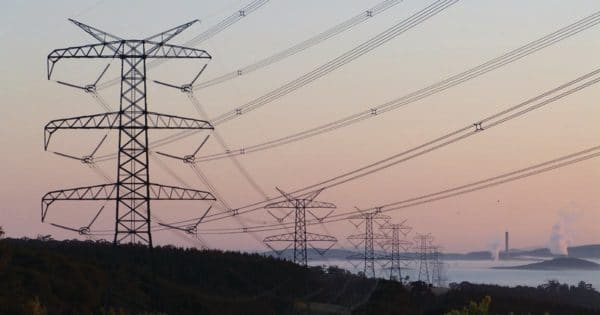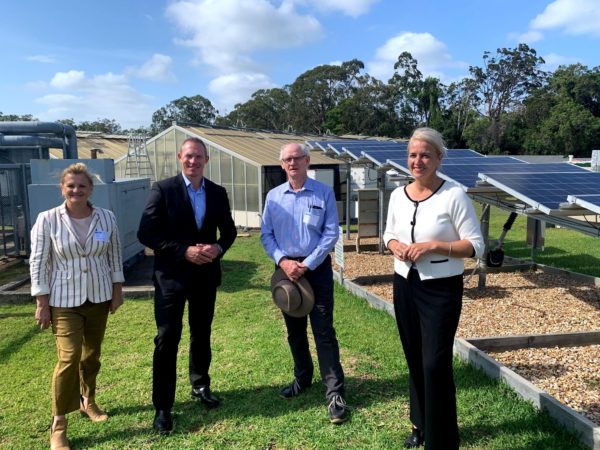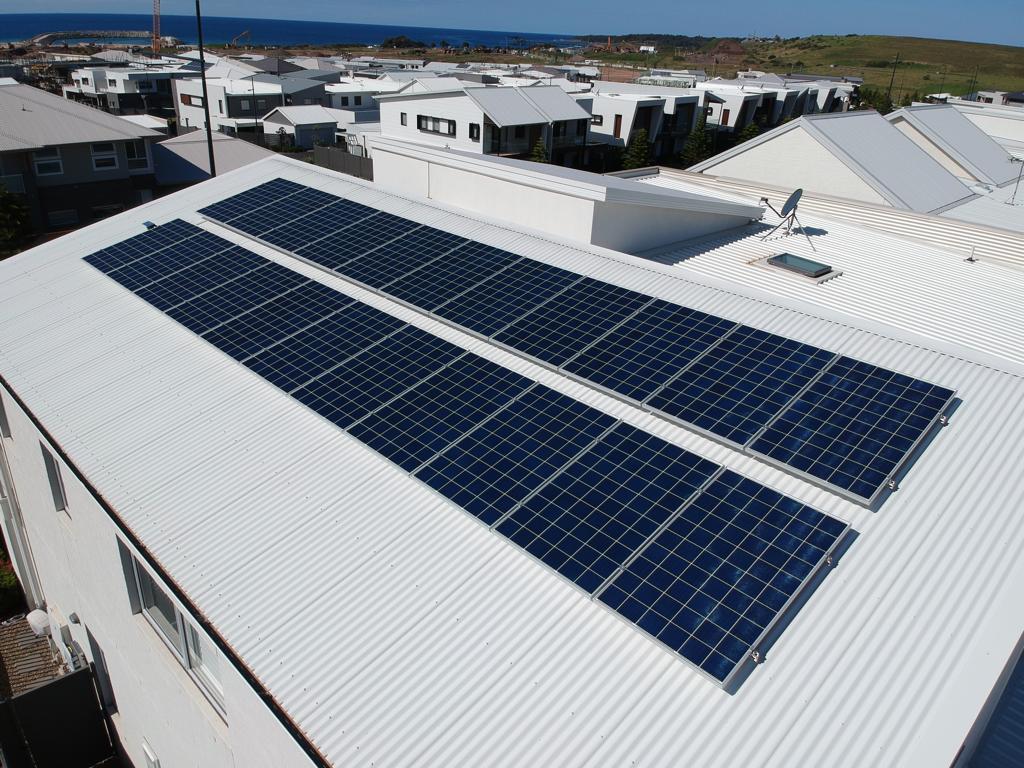The results of a nationwide survey conducted by Queensland-based solar energy lobbyists Solar Citizens has raised concerns a draft determination put forward by the Australian Energy Market Commission (AEMC) could trigger an exodus of rooftop solar PV from the nation’s largest electricity grid.
The AEMC in March released its draft determination on how to integrate more small-scale solar and batteries into the NEM. Included in the draft is a proposal allowing for networks to levy a charge on solar PV owners for exporting their surplus electricity into the grid.
The proposed rule change, which has been labelled a ‘sun tax’, has sparked plenty of opposition with 95% of 1,300 people who took part in the Solar Citizens survey saying they were not in favour of the tax.
Solar Citizens said 63% of those surveyed said they would consider going off grid if the rule change is implemented, pointing to the possibility of a network ‘death spiral’.
Solar Citizens national director Ellen Roberts said a ‘death spiral’ is triggered when increasing numbers of solar PV owners exit the grid, resulting in higher network charges for remaining customers. The price hike can then lead to more households leaving the network, which causes the spiral to continue.
“The results of our survey indicate that solar households are upset about the proposed sun tax and are willing to take matters into their own hands,” Roberts said.
“It’s hardly surprising that solar owners are concerned. The big network companies are failing to manage grid voltage and now they want to pass the bill to everyday Australians.
“We know that grid voltages are too high even at night, so it’s time to stop blaming Australians who have made an investment in solar.”

The AEMC is looking to alleviate ‘traffic jams’ on the networkThe AEMC said the draft determination addresses the problem of ‘traffic jams’ on the network which are expected to get worse as more solar connects because the grid infrastructure was built when power only flowed one way.
“This is about creating tailored options, not blanket solutions,” AEMC chief executive Benn Barr said.
“We want to open the solar gateway so more Australians can join the 2.6 million small solar owners who have already led the way. But it’s important to do this fairly.
“We know there is a lot of interest in this issue. We’ve heard and understood the concern among some solar owners about whether they will be able to realise the value of their investment if the system changes.
“We want to reassure solar customers that we’re not proposing they should all start paying export charges. We expect networks to deliver pricing proposals in close consultation with consumers, which may include options where they don’t have to pay for exports.”
The AEMC estimates that households across the NEM will lose up to 8% of their export income under the new rules and Roberts said many solar PV owners are furious.
“Many of these homeowners and small business operators were encouraged by governments to install panels in the first place, doing so in good faith to slash their bills and do their bit for the environment,” she said.
“The last thing they expected was to be slugged with a new charge for producing cheap, clean energy.”

Image: Mick de Brenni / Facebook
The AEMC’s draft determination has also attracted opposition from state governments with Queensland Energy Minister Mick de Brenni among those to criticise the plan.
“Already we’ve seen the Queensland and Victorian governments indicate they don’t support slugging solar households, so now we need to see states like New South Wales and South Australia also step up,” Roberts said.
“It’s in the best interest of everyone for rooftop solar to keep thriving.”
Renewable energy generation accounted for 27.7% of Australia’s electricity supply in 2020, much of that attributable to rooftop solar PV which is responsible for 23.5% of that generation total.
This content is protected by copyright and may not be reused. If you want to cooperate with us and would like to reuse some of our content, please contact: editors@pv-magazine.com.









This proposal is the NEM locking it’s current & future operations into yesterdays concepts and structure. The is a growing millstone on all users that has to collapse, the collapse becoming a matter of time. What the NEM should be reporting on and focusing on is changing the grid, re engineering the grid to work with the rooftop solar generation. Instead the NEM is curtsying to the incumbents, knowingly ignoring the fact that thousands of more households will be installing solar and now in greater numbers batteries that will only exacerbate the locking in of yesterdays technology.
Behind this NEM false logic of managing the grid is the reality that the buyers of rooftop solar energy are making big big profits. the buyers have no operational cost, repair costs or capital costs in the generation but receive the energy on a plate and pay less than 10 cents per mwh but can on sell at 30cents or higher. This is a brilliant business model that the retailers do not want to loose but also do not want the public to know just how lucrative it is.